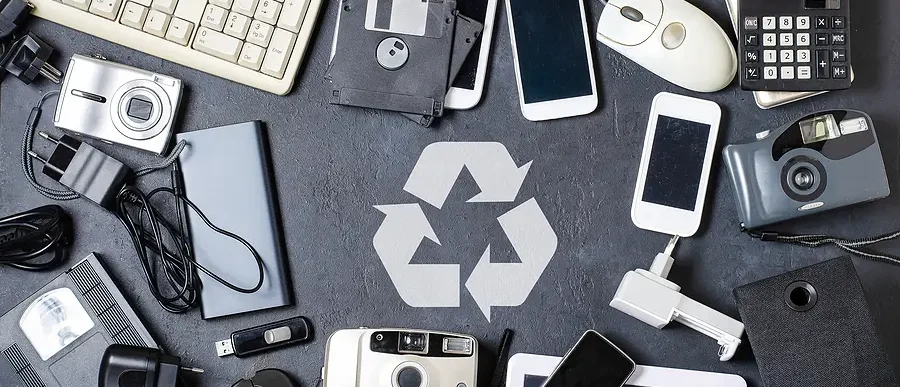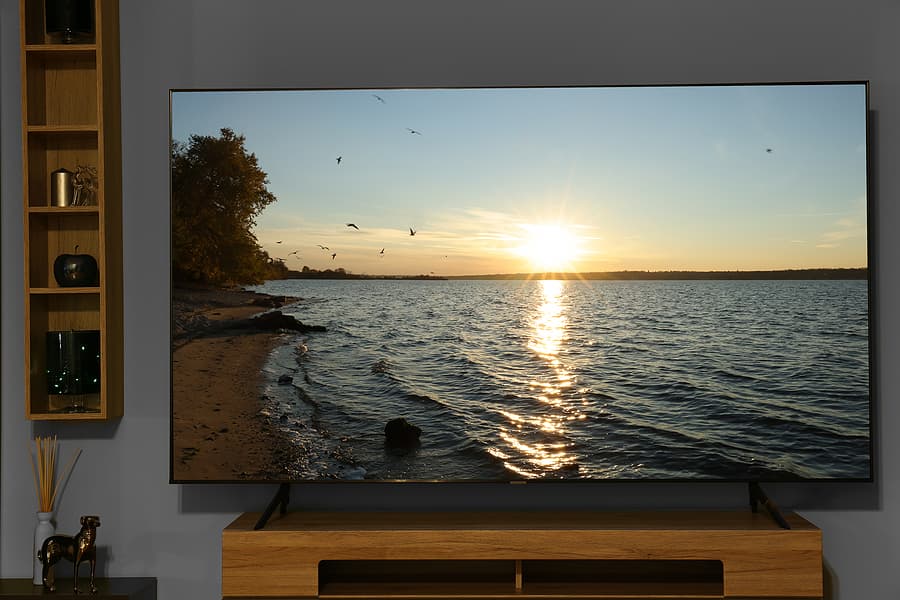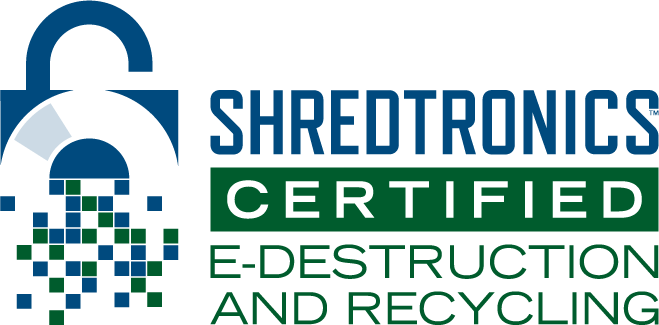
Every year, billions of new technology products are built and shipped out across the world. From laptops to cell phones to televisions, and more, it’s likely that you’ve purchased one yourself in the past year. Recycling the device it’s replacing is crucial, both for sustainability and environmental health. But what is the E-Waste Recycling Process?
The answer depends on the type of device, but, broadly speaking, the general process involves shredding the device and sorting its contents into component groups.
The E-Waste Recycling Process by Device Type
Cell Phones, Hard Drives, Computers, and Laptops
While this category is broad, the recycling process for these technologies tends to be the same. An e-recycler will pick up the devices from a drop-off location, or come to you if it’s a large enough pickup to make it economically viable. While a full e-waste recycling process will destroy the device and its data, you should still wipe the device and destroy the data on it before dropping it off.
Once the service provider picks them up, they take the technology to an e-recycling facility. They sort the devices by type before going through an electronics shredder. After the shred, the process follows these steps.
- Metals and plastics are separated
- Iron and steel materials go through magnets, which separate them
- Aluminum, copper, and circuit boards get separated from the rest of the steam
- Sorting separates the glass and plastic
- Finally, all other metal remnants are separated from the material stream

After the process, the materials are sold as commodities, going into the circular economy to create new technology products.
Monitors and TVs
Monitors and TVs require a more complicated recycling process. Oftentimes refurbishing is the best option, as the recycling process is expensive and time-consuming. However, these devices still need recycling of some kind, as left in a landfill many will leak toxic waste as they decompose.
LED Monitors and TVs

These devices require a labor-intensive process as well, but thankfully, there’s no lead to deal with. First, remove the glass from the television, clean it, and crush it into small parts, which will make new glass products. Then, sort the metal and plastics before a recycler melts them down and they begin their new life as the metal or plastic of a new device.
The circuitry and microchips that make up modern TVs and monitors are often recycled as well. Microchips or motherboards get shredded, and the circuitry, such as copper wire, can be resold.
Complete the E-Waste Recycling Process with ShredTronics Today
ShredTronics partners with e-waste recycling companies across the country. If there’s an old TV, computer, or other device sitting around your house taking up space, we can help. Call us at 844-648-4908 or fill out the form on the page, and we’ll connect you to a nearby recycler within minutes.











